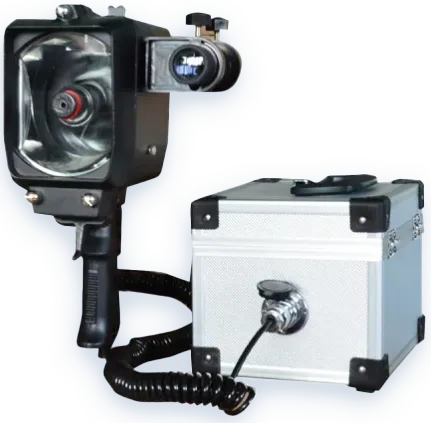Safe maritime travel depends largely on clear, trustworthy navigation tools. For many vessel operators, picking the right Navigation Signal Light can seem daunting—there's no universal solution, and poor choices can put safety at risk or lead to compliance issues. This guide breaks down key factors to make your selection process simpler.
The first step in choosing a Navigation Signal Light is matching it to your vessel's size and purpose. Smaller crafts, like recreational boats, have different needs than large commercial ships or offshore vessels.
A small fishing boat, for example, may need compact, easy-to-install lights. A cargo ship, by contrast, requires heavy-duty options that can hold up during long ocean trips. Mismatching the light to your vessel can cause poor visibility or early damage.

Every Navigation Signal Light must meet global maritime rules to keep consistency and safety across waters. These standards cover details like light color, visibility range, and operating angles.
Look for lights that align with major classification society requirements. This keeps your vessel in line with international rules—whether you're sailing coastal waters or open oceans. Non-compliant lights can lead to fines or even being denied entry to certain ports.
Two critical performance factors to check are protection rating and light lifespan. The light needs to resist harsh marine conditions: saltwater corrosion, heavy rain, and strong winds.
A durable light with a long service life also cuts down on maintenance costs and prevents unexpected failures at sea. Additionally, consider light brightness and energy efficiency. Balanced brightness ensures visibility without wasting power—something especially important for vessels with limited energy.
Even the best Navigation Signal Light will work poorly if installed or maintained incorrectly. Choose lights that fit your vessel's existing mounting points to avoid complicated modifications.
Also, look for designs that make maintenance easy—such as accessible bulbs or simple cleaning steps. Regular upkeep (like wiping lenses to remove salt buildup) keeps the light working well, but starting with a low-maintenance design saves time and effort over the long term.
With over 30 years of experience in marine equipment, we know well the difficulties in choosing reliable maritime tools. Our team focuses on making Navigation Signal Lights that meet strict compliance standards, fit different vessel types, and deliver long-lasting performance.
Choosing the right Navigation Signal Light isn't just about picking a product—it's about keeping your vessel safe and compliant. By starting with your vessel type, checking compliance, evaluating performance, and considering installation needs, you can choose with confidence.
If you need a Navigation Signal Light that fits your vessel's type, meets international compliance standards, and offers reliable performance, feel free to contact us for inquiries.

GET A QUOTE